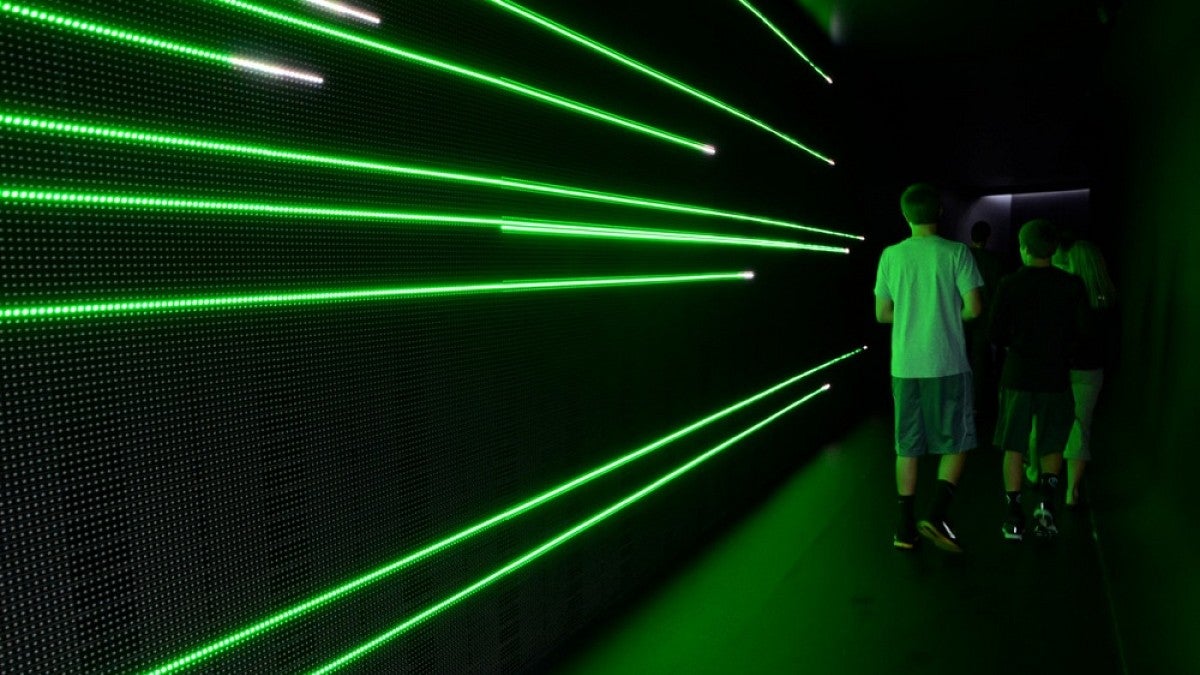An upcoming workshop will give UO students the opportunity to invent a consumer product focused on sustainability, with an end goal of earning funding to develop their product over the coming year.
Working in interdisciplinary teams, students taking part in Sustainable Invention Immersion Week will learn from experts in design, business, chemistry and communication as they work to create their green product over the course of the Sept. 10-15 event. It all takes place at 942 Olive Street, the UO’s innovation hub in downtown Eugene.
The project was organized by professor Julie Haack, the assistant department head of the UO’s Department of Chemistry and Biochemistry, and Kate Harmon, the undergraduate program manager and management instructor at the Lundquist Center for Entrepreneurship.
Sustainable Invention Immersion Week isn’t a typical hackathon. It’s focused on encouraging communication between students and is aimed at producing teams that can continue to work together throughout the school year, part of the reason it’s happening so early in the fall.
“The entrepreneurial boot camp model has been done a lot of times before,” Harmon said. “But what makes this really unique is how it thinks about this process from all the different disciplinary perspectives we have involved, from green chemistry and product design to journalism and entrepreneurship.”
The theme of the competition is color –– reducing the effect of the chemicals that create colors on human health and the environment or finding a new way to use color as a tool to reduce the ecological effects of consumer products.
“There’s lots of different ways to think about color and sustainability,” Haack said. “You can think about the molecules responsible for color, you can think about tools and strategies for adding color to a material. You can also think about how to use color to prevent waste, how you can use it to communicate or to change consumer behavior.”
Students can sign up individually and be placed with a team to utilize everyone’s skills and backgrounds, or they can bring their team with them. Teams will include about eight to 10 students, with the top three teams receiving financial awards to help develop their product further.
Structured activities will take place during the day, including getting feedback from mentors on how to improve ideas, and teams will be left to work alone in the evenings. The mentors will continue to be in contact with teams throughout the year, helping them work on their ideas and creating viable businesses.
“We imagine the students coming out of this workshop as being hubs, unique individuals that can talk across disciplines and be a conduit for information and help facilitate decision-making,” Haack said. “It’s a really interesting and different kind of training for the students. It’s more of an immersion experience, which is great for learning.”
Teams will use various resources, including a 3-D printer, to produce their products, although Harmon and Haack say they don’t expect every team to finish a fully functional model in just one week.
Along with a physical prototype of their invention and a business model for how they plan to move forward, the teams will be tasked with producing a 2-minute video to explain the messaging behind their product.
“In the business world we call them ‘starter videos.’ You see them on the homepages of company websites, and they can be of varying quality,” Harmon said. “So we expect this to be a really interesting challenge because of the theme of color being so visually appealing.”
Sustainable Invention Immersion Week is funded by a Williams instructional grant, a Venture Well faculty grant, the Lundquist Center for Entrepreneurship and the Phil and Penny Knight Campus for Accelerating Scientific Impact. Students can sign up online, and a full list of mentors and judges can be found on the sustainable invention website.
The goal is to continue having a Sustainable Invention Immersion Week annually, with the theme changing each year.
“Ideally we’d like to tie it to what’s happening at the Knight Campus,” Haack said. “So new ideas coming out of the Knight Campus can feed into our design charrettes and that can be an interesting way to connect students to what’s happening there.”
—By Nathan Ripley, University Communications


